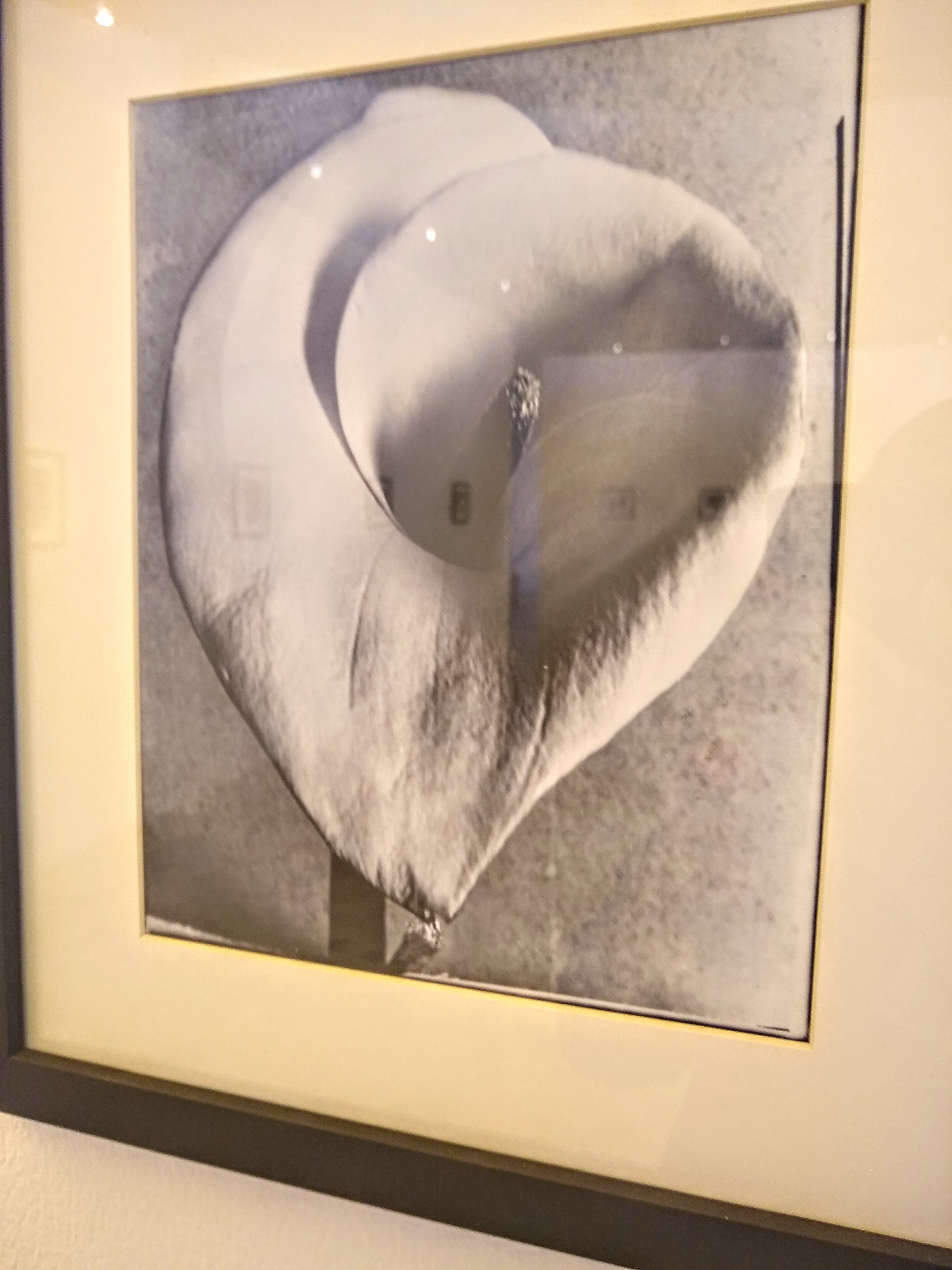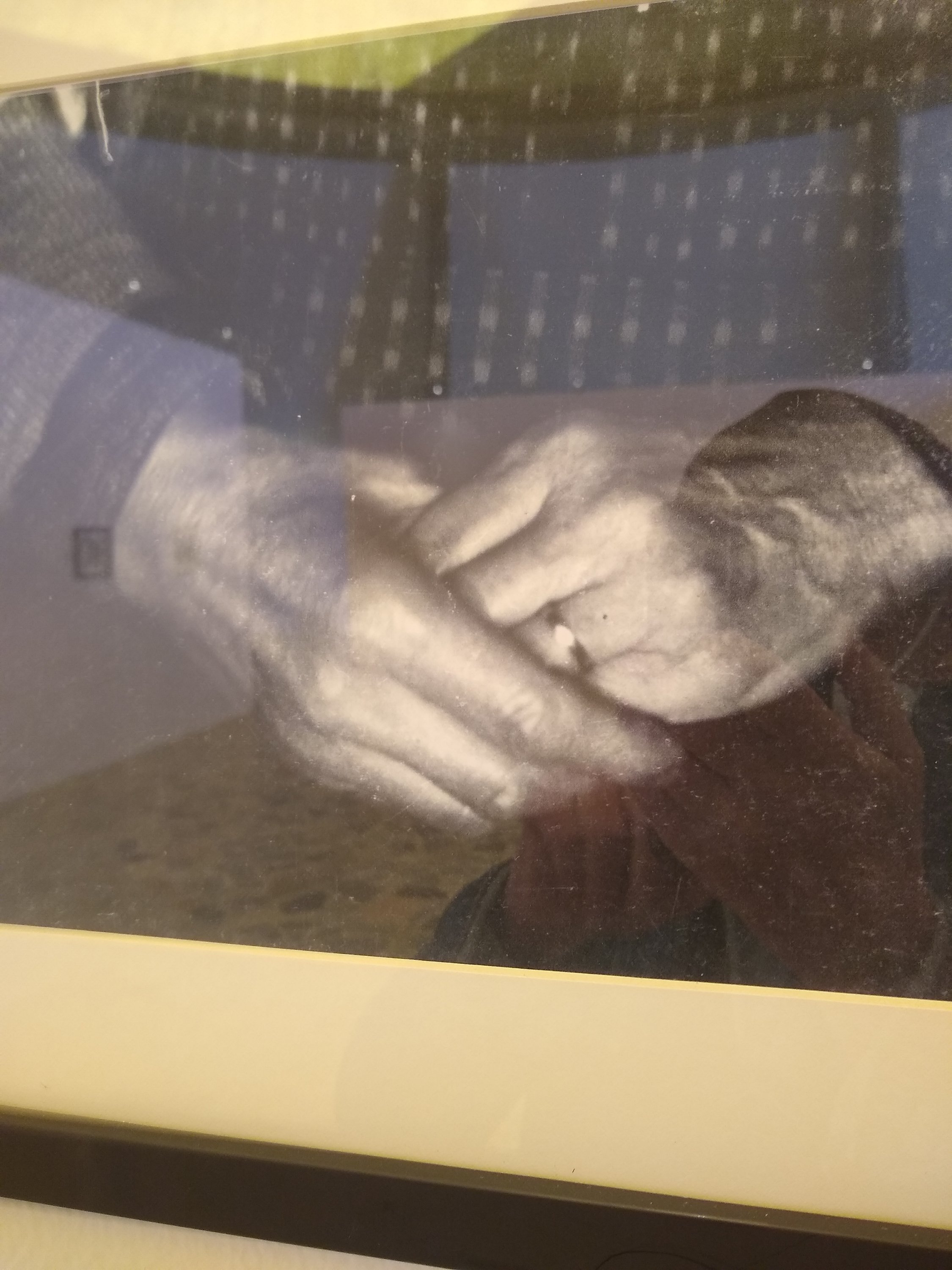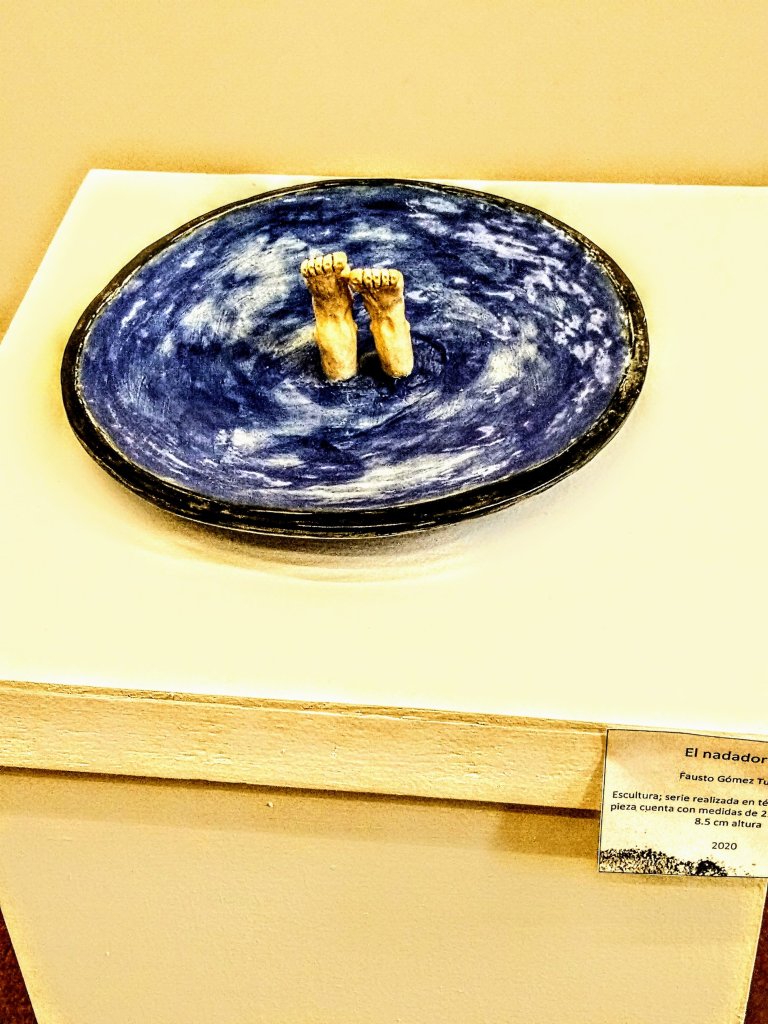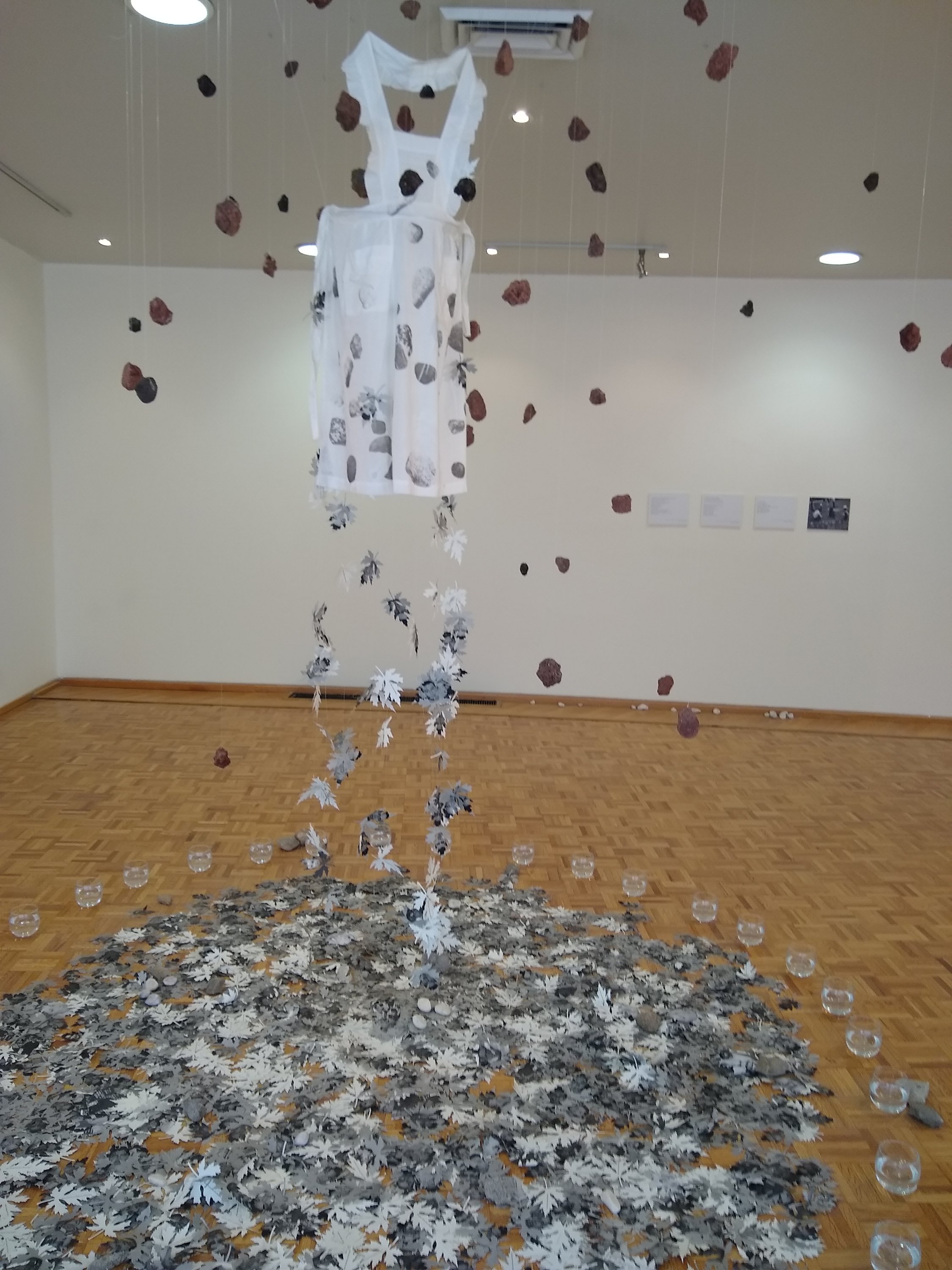Even though it might seem we’re living in a place containing only concrete, broken sidewalks and buildings, we’re actually living in a pretty vast desert, something readily apparent from a plane or even a fairly short drive. Of course, the word desert means different things to different people. Many who live elsewhere might think of the desert as being empty or barren. Those who have explored the desert know that careful scrutiny reveals abundant and varied forms of life. They also know it can be dangerous as well as rich and breathtakingly beautiful.
All of this by way of introduction to the exhibit “Desierto/ Arte/ Archivo” currently on view at the Central Cultural de la Frontera and running through the end of January.
This was a project begun back in June in which Dr Leon de la Rosa Carrillo engaged participants in exploring different aspects of desert life through a series of lectures and discussions led by different experts and figuring out ways of interpreting the culmination of those discussions through art.
Not unsurprisingly the show actually feels a bit like a desert. At first glance it seems spare, and perhaps even a bit arid. The predominant tone, mainly due to a few large pieces, is light brown. Like the desert itself the pieces require close inspection to reveal their beauty and riches.
Jane Terrazas’ work looks at first glance like a simple colored rendering of a part of the Chihuahuan desert, but it is, in fact, created with dyes made exclusively from plants found there with special attention paid to the controversial Samalayuca mine and the danger it poses to the region’s health. The qr code for the piece explains which plants produced which colors, and gives a more detailed explanation. While Terrazas uses plants, Cassandra Adame uses minerals and stones from the region to create pieces of jewelry set here among rocks from the area for her piece entitled Tierra de Nadie. (No Man’s Land, which also happens to be the Mexican title given to the movie Sicario.

The desert can mean a lot of different things. It can be a term indicating a place of danger and you might feel the need for protective armor, and while at first glance, Alejandra Rodríguez and Octavio Castrejón seem to have created what looks like some sort of Bedouin head covering, they have actually designed a physical protection which includes thick sharp wooden arm bands to protect against all manner of dangerous animals both four footed, but especially two footed, that roam in this desert city. Others mine their childhood or create desert curio cabinets to explore the theme.


The show contains video, installations, and among other pieces a series of very free flowing portraits drawn on long sheets of canvas. This work by artists Réne López Dorado and Alejandra Vargas called Sangre(s) de la Arena shows just the simplest rendering of individuals whose own recordings of reflections on their life can be downloaded from an accompanying qr code next to each
Perhaps the most impressive piece, and certainly the largest, is a recreation of the border wall with large recreations of all of the animals whose life is specifically threatened by its existence. This work called simply El Muro (the wall) by a team composed of Paola Mendoza, Laura Menesses, and JuanCarlos Reyes, provides something of an anchor to the show and is clearly linked to the impetus for the show itself, which was created in conjunction with Albuquerque 516 gallery as part of their Species in Peril of Extinction along the Rio Grande series.


At the risk of coming off as some kind of dinosaur, I do want to say something about the use of qr codes which are used exclusively here in lieu of wall information charts. They definitely provide a clean contemporary look and, more importantly, can transmit more and different kinds of information than can be provided on a simple wall post. On the other hand, while it might be safe to believe everyone has a phone capable of reading them, it seems a bit presumptuous to assume so. Additionally while the building, owned by the University, now offers free wifi to its guests, I’ve found it doesn’t always work, and not everyone has an unlimited data plan. This is not the fault of the show, but it is something that needs to be considered, otherwise it seems something of another unintentional barrier between those who have and those who don’t.
Apart from that quibble, this is an excellent show which reflects the hard work and careful thought expended in the long months of preparation and study, and focuses our attention on the fragile environment in which we live. – David Sokolec














 Reaching further back, she pays tribute to her grandmother Antonina Siderova, whose life was intertwined with sewing. There is a “Libro de Botones” with details of her grandmother’s life on each page.
Reaching further back, she pays tribute to her grandmother Antonina Siderova, whose life was intertwined with sewing. There is a “Libro de Botones” with details of her grandmother’s life on each page.













 At a time when there are so many on the other side of the border who seem to feel frightened of anyone who seems different, this show helps remind us of our common humanity, and portrays a beautiful, strong and resilient group of people. It will be up until Sept 8.I also have to say that for anyone (like me) who has not been to the Museum in awhile and who remembers it as a small cramped area, it is it has been transformed into something totally different and wonderful with huge airy spaces and lots of room for exhibitions. – David sokolec
At a time when there are so many on the other side of the border who seem to feel frightened of anyone who seems different, this show helps remind us of our common humanity, and portrays a beautiful, strong and resilient group of people. It will be up until Sept 8.I also have to say that for anyone (like me) who has not been to the Museum in awhile and who remembers it as a small cramped area, it is it has been transformed into something totally different and wonderful with huge airy spaces and lots of room for exhibitions. – David sokolec